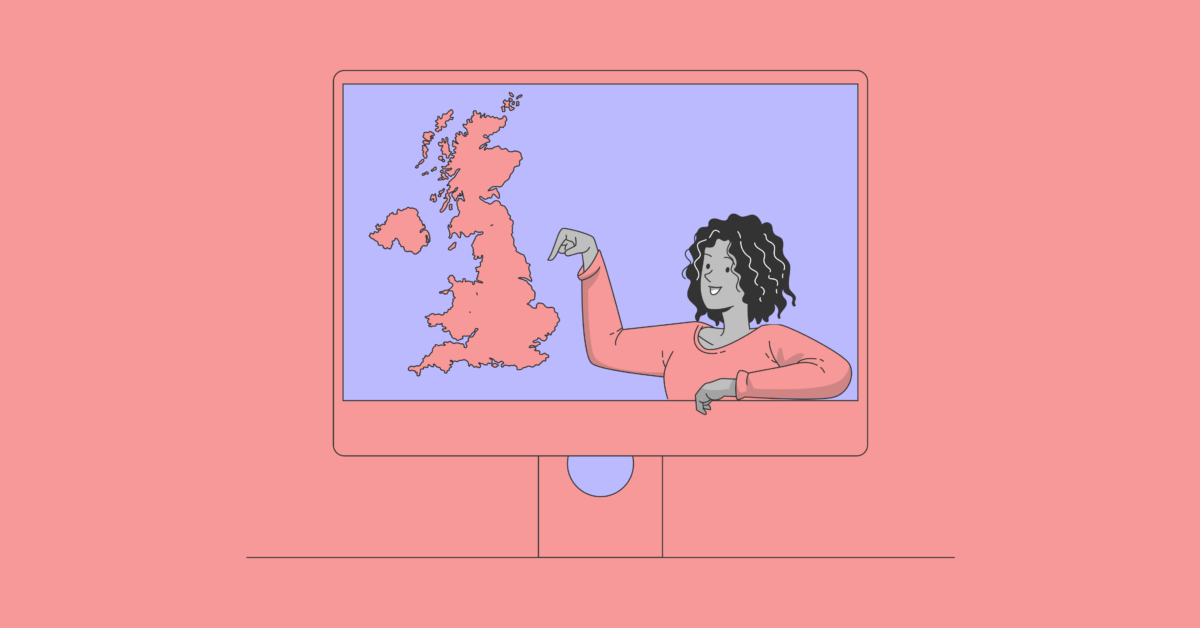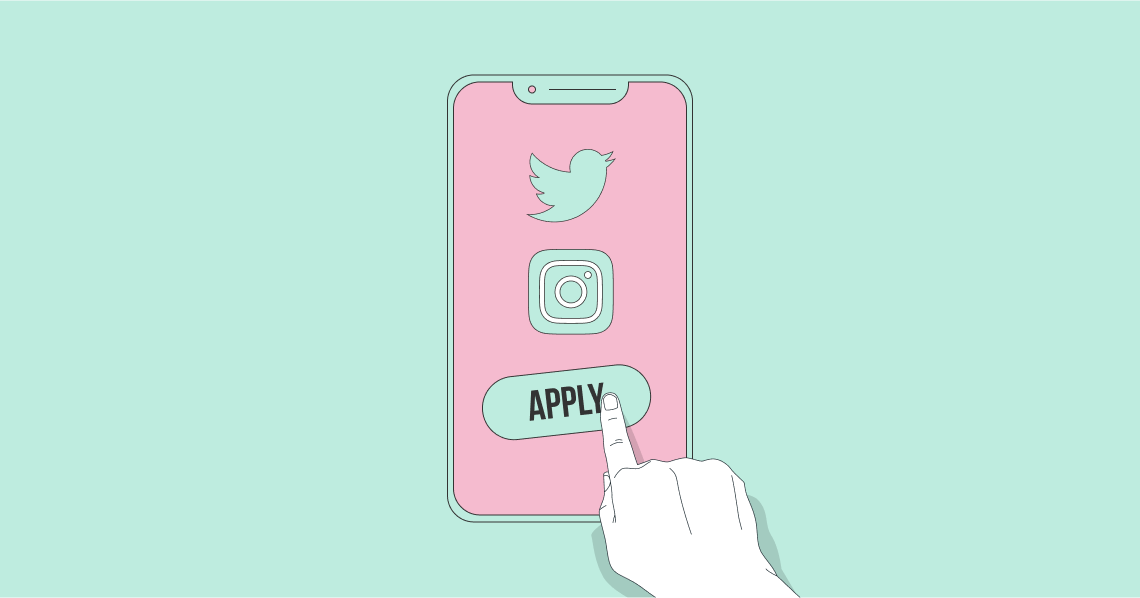One of the strangest debates to emerge in the last decade is the issue of corporate personhood. We’re not going to go anywhere near that argument here, except to say that if corporations really are people then none of us would ever invite them to a party. The general view is that they’re untrustworthy and boring to talk to. We see this playing out on social media everyday, the one place in the world (albeit virtual) where brands actually can mingle and engage with real, biological people:
- Content shared by employees of a brand receives 8x more engagement than when the same content is shared by the official brand account.
- Do we really need to show any evidence that people don’t trust corporations for you to believe it?
This is why employee advocacy programs have become such a vital part of modern marketing. Whatever the message is that you want to get out, your target audience would rather hear it from your employees—not you. The companies that are executing pitch-perfect employee advocacy programs already understand this, and are happy to have their official accounts take a backseat to the personal ones owned by their staff. The results speak for themselves.
Four Brands Winning at Employee Advocacy (and the One Thing They Have In Common)
Zappos Loved Its Employees Before It Was Cool
As we’ve noted in other posts, a good employee advocacy program needs to be planned out, paying close attention to details: What are the goals? How will you get your employees to participate? What are the parameters for social posts?
For Las Vegas-based e-commerce giant Zappos, though, this part probably came easy. Employee advocacy was basically written into the business plan when the company was founded in 1999. Back then, the big knock against e-commerce was that you couldn’t get great, personalised customer service like you could in a brick and mortar store. Zappos aimed to change that, with its mission to provide exceptional customer service—above and beyond expectations—for every and any transaction. Creating an employee-centric culture was key to that. As founder Tony Hsieh put it, “If you get the culture right, most of the other stuff, like delivering great customer service or building a long-term enduring brand or business, will just be a natural byproduct.”
For Hsieh, though, going above and beyond was a two-way street. If employees were expected to go out of their way for every customer, then the company needed to do the same for its employees. It’s not enough for Zappos’ employees to be well paid and respected; they need to be happy, too.
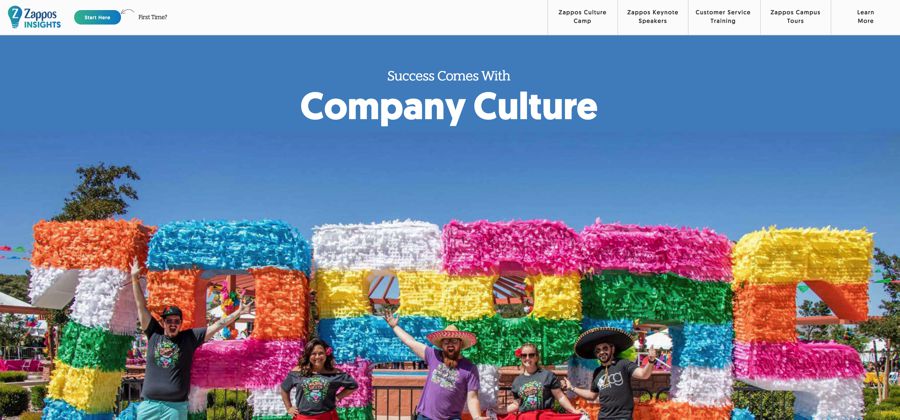
This article, written in 2008, shows just how successful the the plan was at nurturing a culture where employees were not only happy, but excited, to be working for Zappos. As a natural consequence, their enthusiasm helped build the brand even more. The author of the article then poses the question, “Are employees a de facto ad channel?” The answer seems obvious in hindsight, but back then? Honestly, it should have been obvious then, too.
But this was before social media really took off and became the ubiquitous, everyday presence it is now. Friendster and MySpace were laughing stocks, and Facebook was only a couple of years into its public existence. This 2008 article suggests readers conduct some “social media experiments” with their own employees to see how it might go.
Experiments are a long way from where Zappos is today. You can follow @ZapposCulture on Instagram, or @InsideZappos on Twitter to get a behind-the-scenes looks at just how much fun they’re all having. They’re cheering outside the building, or doing karaoke while people line up for a buffet in the background, or even getting way more excited for an All Hands meeting than is reasonably expected. You can also search the hashtags #insidezappos and #zapponians to see what an employee-driven, de facto ad channel looks like.
And Now For Something Completely Different: ANZ Bank
For as much fun as the people at Zappo’s are having, their culture brand just isn’t for everyone. Carnivals and karaoke barbecues just don’t work for a bank, which needs to present a more serious, thoughtful image. Content marketing is perfect for a business looking to display expert status and thought leadership, but it’s hard to find readers when the topic is...well, boring. Do you want to read banking and finance related content? More specifically, are you going to read random banking and finance related content that your bank shared with you on social media?
This is the dilemma that faced Australia and New Zealand Banking Group as they tried to reach their 9 million customers (and appeal to new ones) over social media. One problem: being a bank, they had some pretty strict policies around social media in the workplace. It didn’t take long to realise they had to relax the rules and let their employees use LinkedIn while at work, because that’s what it looks like when bankers relax the rules. Using LinkedIn Elevate, bank employees could pick and choose from a pool of approved content, from internal and external sources, as way to provide more value to their customers.
While this doesn’t in itself represent a huge shift in the corporate culture—people weren’t any more excited to work there than before the program—it did empower their employees to take more initiative in forging good customer relationships. More importantly, it allowed them to build their own professional brand, attracting more followers and making new connections on a social media site dedicated to furthering their careers. That’s part of the risk involved, but ANZ saw real results from it. Employees were sharing six times more frequently, which led to four times more followers for the official company page on LinkedIn; employee connections were growing at four times the rate, as well. Finally, they measured a 2.3% engagement rate on employee shares—which sounds low, but remember it’s banking-related content that’s getting a better rate than Kim Kardashian’s Instagram account.
Dude, You’re Getting A Dell Employee’s Post
Back in the 90’s, Dell Computer was literally a household name as the company became the number one PC manufacturer in the world. They’ve gone through several growing pains since then, but it was still doing $56 billion in sales when they started their employee advocacy program in 2013.
With over 100,000 employees worldwide, Dell went about the implementation with all the care of a company that had been looking very carefully at their social strategy for a long time. That’s because they had been. As one of the earliest corporate adopters of a social strategy (starting with a company blog in 2006), Dell was called “The World’s Most Social Company” by 2011. While they’d done a lot to earn that moniker, they still hadn’t tapped what they eventually realised could be their greatest social asset.
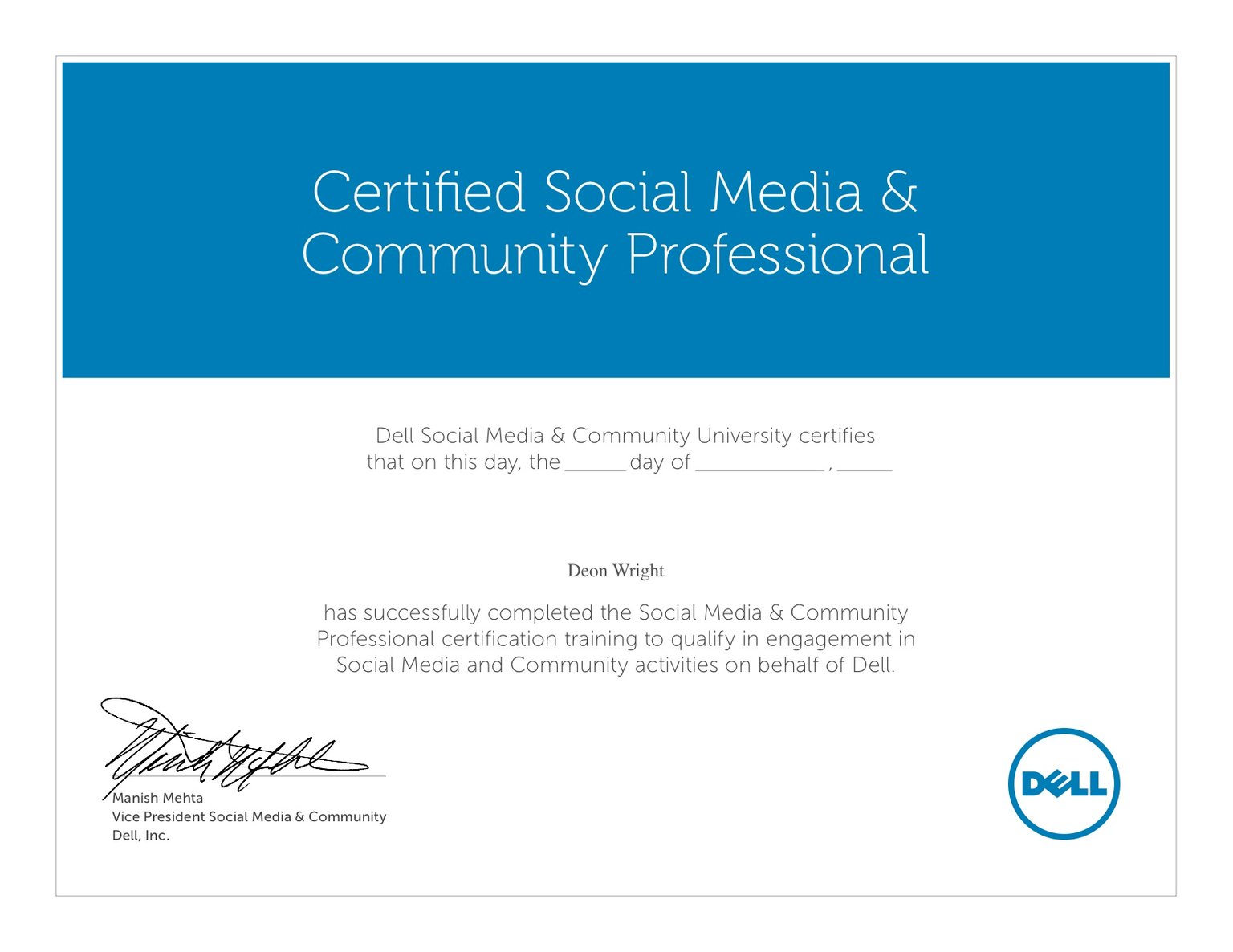
“We have some really dedicated, fantastic employees who love working for Dell,” said Amy Heiss, the company’s Marketing Director for Social Media. “We wanted to harness that energy and that excitement and to help our employees share as much information as they wanted, as easily as possible.”
They rolled out the program methodically in early 2013—inviting their employees to participate and sending them to a four hour training course once accepted. By mid 2015, more than 10,000 employees were enrolled, and Dell feared an advocacy overload. They slowed enrollments down to just 100 a month at that point to avoid hitting a tipping point in their efforts. By the end of 2015 (when this case study was published) Dell employees had, in the most recent 12 months, shared over 150,000 pieces of content to an audience of 1.2 million people, driving 45,000 clicks to their website.
The success of this was due to the freedom that Dell granted its employees in posting content that truly reflected their own interests. In fact, the only real guideline was the insistence that only about 20% of their shares be specifically about Dell. The other 80% was a kind of dealer’s choice, where employees shared tech and industry news that they could speak to authoritatively and authentically.
EA Insiders: It’s in the Game
You would think that a video game developer wouldn’t have trouble maintaining a cohesive corporate culture. The company’s central mission is to create entertaining and immersive amusements: there should be an inherent community in that. But at Electronic Arts, which in 2013 had 8,500 employees spread out over 54 locations—and speaking six different languages between them—that community was hard to find.
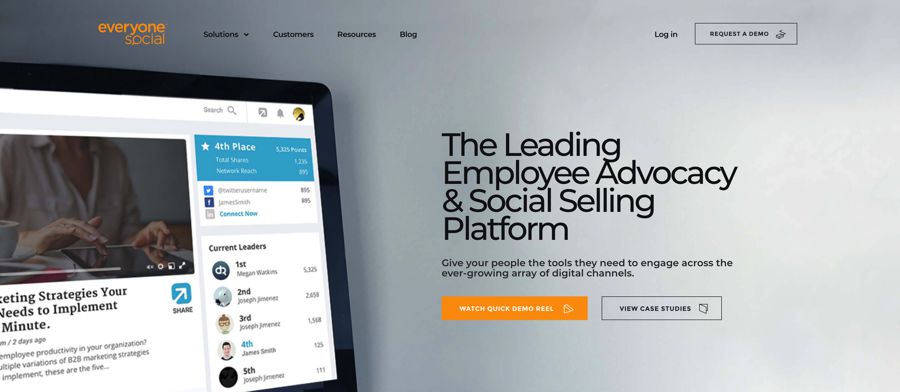
By 2014, the company launched EA Insiders with two objectives: connecting their employees with each other, and connecting their community of players with their employees. That first goal was the most critical, though: if they couldn’t create a unified front of employees, their players would easily be turned off by the inauthentic social experience that kind of disharmony creates. Using EveryoneSocial, an employee advocacy platform, EA was able to create the kind of rich internal culture they were looking for. Over 1,000 of their employees joined and logged in daily to scroll through the company newsfeed, highlighting projects and other initiatives throughout the company. Employee reported feeling more of a connection to the company as a whole, rather than just as an isolated worked in a remote silo.
As excitement about the program grew, and Insiders found more and more content to share, EA upped the stakes for their external outreach in the best way they knew: by gamifying the whole program. They’d change the actions or behaviours to reward monthly—things like the most posts or highest engagements—keeping the “players” interested. Employees would track the leaderboards to see who was winning on any given day, inspiring them to get out onto social and do more.
The result? The 1,000+ Insiders reach a collective audience of over 1.1 million people, driving an average of 6,600 engagements a month. Oh, and they’ve got a huge pool of employees personally invested in EA’s success.
The Real Meaning of “Employee Advocacy”
When we talk about employee advocacy, it’s worth looking at the name itself to get a hint at its meaning. In marketing circles, the two words together mean when your employees advocate for (or promote, or endorse) your company. Everywhere else in the english language, though, when you put the word advocacy after a word, the implication is that someone is advocating for whatever that word is. Example: if someone tells you they work in “Criminal Advocacy,” they’re working on behalf of those who’ve been accused of crimes. They aren’t out promoting the criminal justice system.
But here, the whole concept is flipped on its head. Or is it? Because, as you can see from these success stories, all of these companies are advocating for their employees in one way or another. Dell and ANZ Bank are basically giving their staff the tools to build a personal brand, making them more attractive to competitors. Electronic Arts encourages collaboration between their employees who are separated by more than just geography, allowing their whole culture to become one that is more participatory and inclusive. And Zappos makes sure their staff loves coming to work as much as they enjoy being at home. In all cases, making their employees a priority ensures that the goodwill travels right back to the company as a whole—and for everyone to see.
